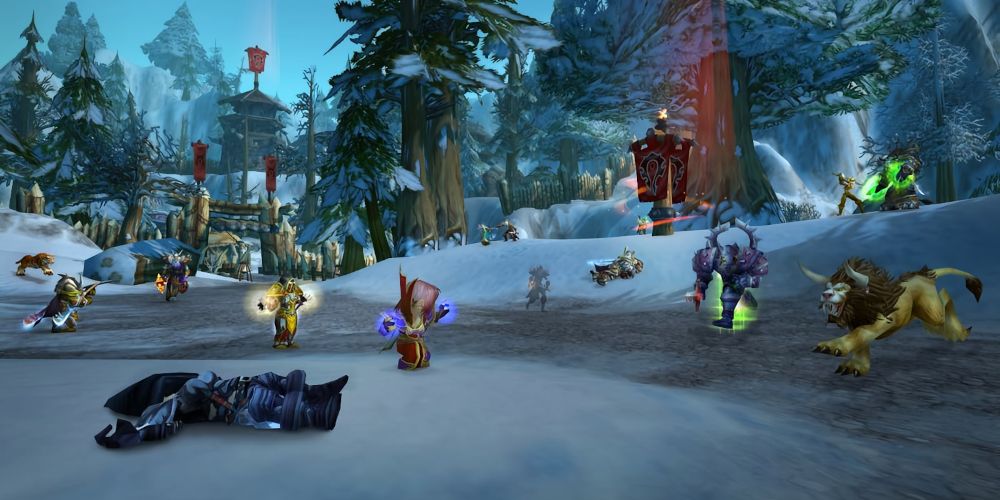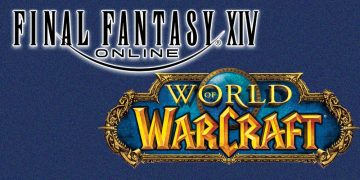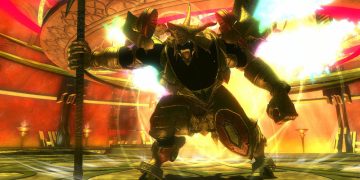There was a time when it was worth noting if a game included "RPG elements." This usually meant any sort of character growth over the course of a game, as before that the only growth you'd see was the size of your arsenal in a shooter, for example.
Eventually, RPG elements ended up in nearly every game, to the point where we just assume that characters' abilities will generally grow over the course of a game.
With games like Destiny 2, Fallout 76, and the vast majority of games with Tom Clancy's names on them, a similar thing tends to be happening with the genre once known as the MMORPG.
The Rise of the MMORPG
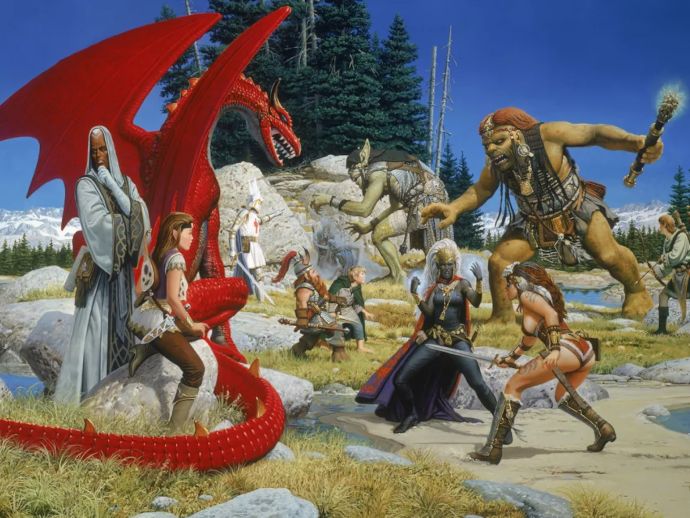
I remember before World of Warcraft had really hit big, massively multiplayer online role playing games (MMORPG for short) seemed incredibly daunting.
Earlier games had more in common with old-school text-only multi-user dungeons (MUDs) than they did WoW or the games that would come after.
These were deep, complex, and largely daunting games. Ultima Online and the original Everquest didn't have the niceties we've come to take for granted in modern MMORPGs or modern games in general.
These weren't just games. They were worlds to live in and explore, all while paying a relatively steep monthly fee. That fee alone kept many gamers from ever giving MMORPGs a shot, at least until Blizzard stepped up to the plate.
World of Warcraft Enters the Scene
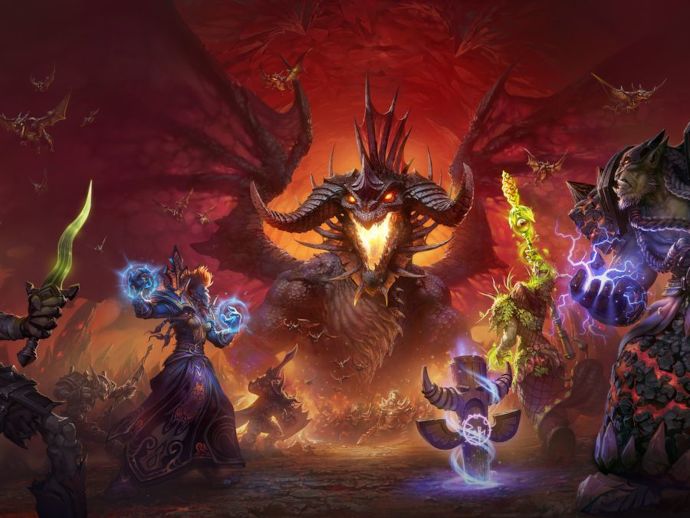
The release of World of Warcraft changed the MMORPG market forever. For gamers, it was a much more streamlined approach to the genre than anything that came before.
You could still live in and explore the massive world, but even if you were completely new to the game, it gave you a roadmap of where you needed to go and what you needed to do once you got there.
This, combined with the name recognition and Blizzard's reputation as a developer at the time, saw gamers flock to World of Warcraft in droves. Even if not everyone stuck with the game, enough of them did that it became a massive success.
In the wake of World of Warcraft's release, a huge number of copycat MMORPGs hit the market, their publishers keen to reap those same rewards. A select few attracted stable fanbases, but never as huge as World of Warcraft at its peak.
Is There Room for One More?
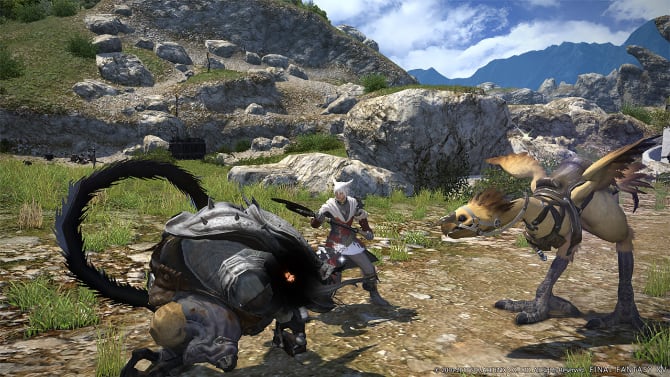
Square Enix has perhaps the least likely success story of all when it comes to MMORPGs.
Final Fantasy XI did well enough when it launched, but it was a dense game that felt more similar to the MMORPGs that preceded World of Warcraft. Square Enix wanted another attempt at MMORPGs, which they did with Final Fantasy XIV.
When Final Fantasy XIV released, it was plagued by a multitude of issues. It was so bad that the game was taken down and Square Enix promised to do a full revamp of the entire thing.
Two years later, Final Fantasy XIV: A Realm Reborn was released—and the they took off like a rocket. It's now one of the most popular MMORPGs in the world.
The two other big players in the premium MMORPG space are Guild Wars 2 and The Elder Scrolls Online, but these games are somewhat different from WoW and FFXIV since neither of them have a required monthly fee to play.
And that leaves us with free-to-play MMORPGs. These can be popular, but they're also far from the hits that World of Warcraft or even Final Fantasy XIV were at launch.
What Counts as an MMO These Days?
As mentioned at the top of this article, the line between standard game and MMO-style game is getting harder to distinguish.
Even in a largely single-player series like Dark Souls, the presence of other players' ghosts and the messages they leave, it feels similar to an MMO at times.
Games like Destiny and its sequel feel even closer, even though they're largely instanced.
Traditional MMORPGs still exist as free-to-play games, but they're far from the marquee events that MMO launches once were. Right now, it doesn't seem like we'll ever see a hugely hyped MMO release again, but you never know.
